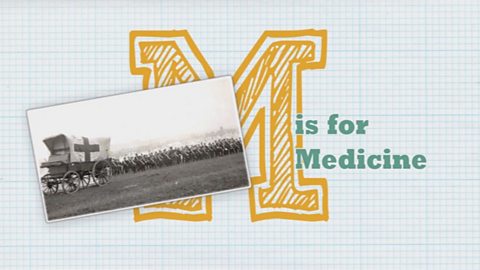Video summary
Newsreel and commentary about the Lusitania, a passenger ship that set out from New York, bound for Liverpool on 1 May 1915.
A German U-Boat submarine sank the Lusitania off the coast of Ireland on 7 May, with the loss of 1,202 lives.
In a dramatic monologue, we meet Lizzie Brownlee, 28, a stewardess on board the ship.
She tells us her survivorβs story.
The sinking of the ship is widely held to have been a decisive factor in drawing the USA into World War One.
This clip is from the series WW1 A to Z.
Contains potentially upsetting content; teacher review is recommended before use in class.
Teacher Notes
On a map, pupils could trace the route from New York to Liverpool that the Lusitania took.
How far had she travelled when she was torpedoed? How much further did she have to go?
Encourage pupils to list any questions they have about the sinking.
For instance, why did Germany want to sink a passenger ship?
The children could seek answers to their questions in books and websites.
The sinking is said to have been decisive in drawing the USA into the war. Do your pupils agree with this judgment?
If so, how do they explain the two years that passed before the USAβs declaration of war in 1917?
This short film is suitable for teaching history at Key Stage 2 / Second Level or above.
K is for Keep The ΒιΆΉΤΌΕΔ Fires Burning. video
Newsreel and commentary about the role of patriotic songs in World War One, plus a dramatic monologue about the songwriter Ivor Novello.

M is for Medicine. video
Newsreel and a dramatised monologue about the advances in medicine made during World War One.

N is for Nurses. video
Commentary, newsreel and dramatic monologue describe the role of nurses during WW1, including the work of Edith Cavell.
